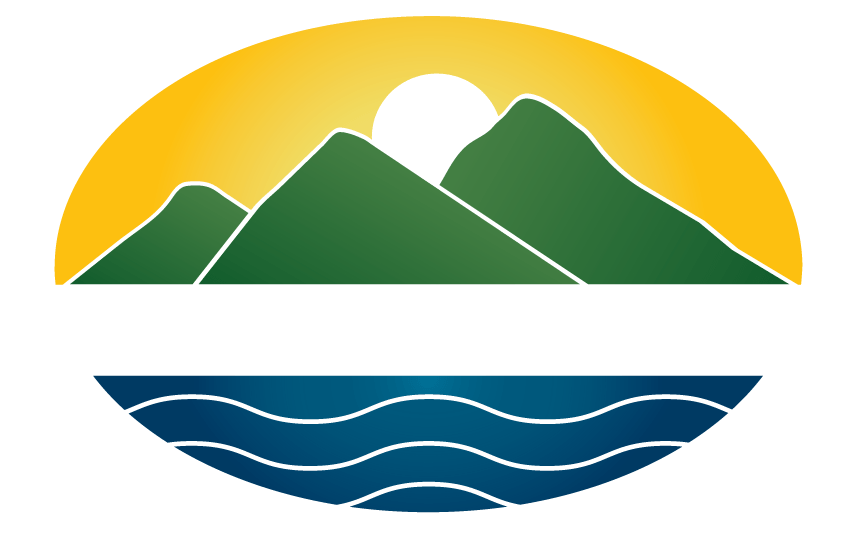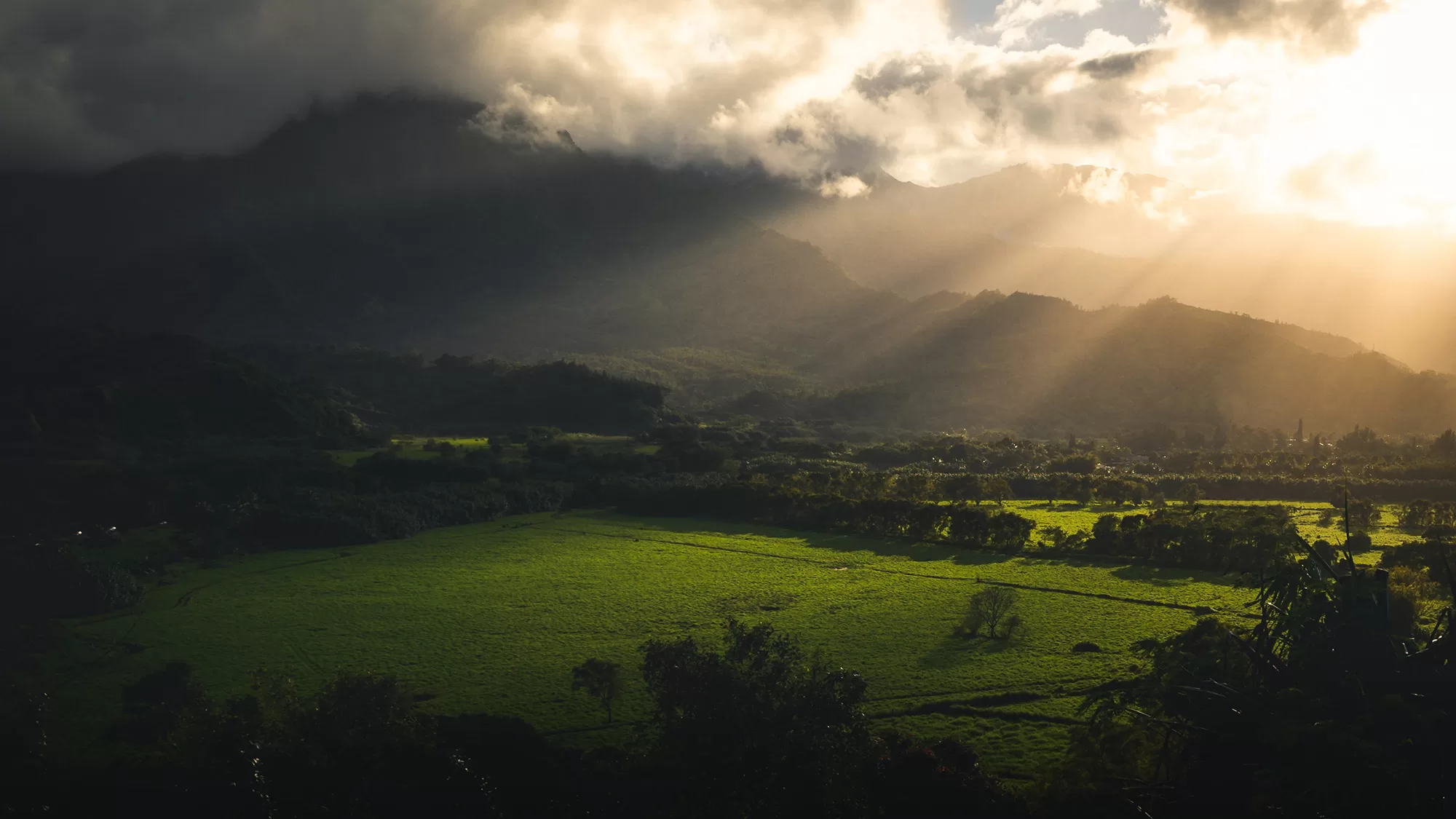Life of the Land had a long history working on sustainable agricultural issues. This included protecting agricultural land, promoting sustainable agriculture, working on pesticide and toxic hotspots, and being a successful plaintiff in the multi-million-dollar pesticide lawsuit involving the illegal use of heptachlor.
It is critically important that Hawai`i increase its food supply, to support a variety of farm sizes to produce a diversified crop, and to expand commercial and cooperative food processing facilities. Hawai`i must carefully balance its need for local agriculture with the need for commercial scale solar farms.
Hawai`i is long overdue for a “truth-in-advertising” coffee bill. As a graduate student studying economics, Life of the Land`s Executive Director became fascinated with agricultural futures. Henry Curtis started with an examination of the international coffee industry and coffee commodity trading on international exchanges.
Hawaii law allows coffee to be identified as Kona coffee even if 90% of the coffee is cheap imports. Unfortunately, the legislature settled for a truth-in-advertising coffee study (HB 222-2022) that will reveal only what is already known, and as with most legislative studies, the final study will sit on a shelf gathering dust.
Agricultural carbon sequestration can be an effective climate change tool since most of the carbon in the soil-atmosphere-vegetation system is found in the soil. Transparency and public accountability are required since gaming carbon reduction is a major global problem.
Life of the Land has participated in more than ten Public Utilities Commission contested case proceedings over the past 18 years involving agricultural fuels such as biomass, biofuel, biodiesel, ethanol, palm oil, tree burning, and agriculturally based renewable natural gas.
Reduced Agricultural Electric Bills
The Hawai‘i State Legislature passed Act 203 in 2019 in order “to promote the increased production of fruits and vegetables for local consumption” by giving the Public Utilities Commission the authority to permit lower electric bills for specific agricultural production.
The law, codified as HRS §269-27.7, specifically excluded medical cannabis.
“The public utilities commission may establish preferential electricity rates for agricultural activities that utilize protected agriculture to produce fruits or vegetables for distribution; provided that the protected agriculture includes reasonable efforts to incorporate cost-effective renewable energy sources and energy efficiency measures.”
A utility tariff is a pricing structure that an energy provider charges a customer for energy usage. A “rider” is a special rate which sits on top of a standard tariff and applies only to participants who opt into a program applicable to the tariff.
HECO proposed differing rate reductions per island.
| Island | Rate Reduction
(cents/kWh) |
| Moloka`i | 4.9 |
| Lana`i | 4.7 |
| O`ahu | 1.8 |
| Maui | 1.6 |
| Hawai`i | 1.2 |
The Public Utilities Commission contested case proceeding included four entities: Hawaiian Electric, Consumer Advocate, Ulupono Initiative, and Life of the Land.
Life of the Land file testimony on the proposed Protected Agriculture Rider abbreviated as Rider PA.
Our Information Requests were mostly object to on various grounds. We don’t know what type of entities want the rate discount, how many companies want the discount rate, what they grow, what impacts exist or will exist at their farms, and whether this is simply Peter paying Paul where Paul is rich enough so as not to need a handout. We don’t know what `microclimate` means.
If the public utilities commission approves the proposed Rider PA, we suggest an extensive annual filing that provides enough meat-on-the-bone as to ascertain who is benefiting. what are the financial and non-financial impacts, and whether the qualifying entities need the rider or are simply acquiring the rider to achieve excessive profit.
A free rider would be a person who is receiving payment for actions they would have taken regardless of whether the program was in place. The contract should require farmers to list what renewable energy and energy efficiency are used at their site, as well as, whether the systems were already in place, or are being proposed to be added to enable the farmer to qualify for the Rider.
The Public Utilities Commission issued its decisions in November and December 2022. The HECO suggested rates were approved. HECO shall file an Annual Report detailing the program and suggesting modifications.
As a preliminary matter, the Commission observes that developing a rider for protected agriculture that optimally balances increasing the amount of local fruits and vegetables produced via protected agriculture against the risk of undue financial burden to non-participating customers will need to be an iterative process.
The process of determining precisely what qualifies as “protected agriculture” will likely need to be iterative and will benefit at this time by the Rider PA containing language that provides clear guidance on what constitutes “protected agriculture” without providing an exhaustive list.
Hawaiian Electric’s list must specifically define the terms “indoor” and “enclosed structure,” as no Party or Participant fully defined those terms.
The Commission further finds that Hawaiian Electric’s proposal to limit eligibility to indoor farming and greenhouses (i.e., fully enclosed structures) is proper and consistent with the language and intent of HRS § 269-27.7.
The Commission also finds that a 70% threshold represents a reasonable balance between encouraging participation in this new program, by allowing for a portion of consumption to support activities incidental to protected agriculture activities
The Commission declines to order scheduled or random audits of verification/compliance with the Rider PA’s requirements as requested by the Consumer Advocate and LOL The Commission finds that Hawaiian Electric’s assurance that it will “deal with [compliance] issues as they arise” to be a sufficient safeguard against non-compliance during this initial implementation period and in the absence of specific, articulated concerns regarding a threat of non-compliance. Should the Commission become aware that additional measures may be necessary as the program is implemented, it may revisit this issue.

